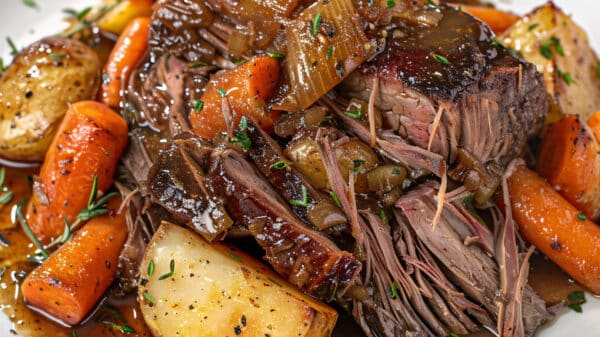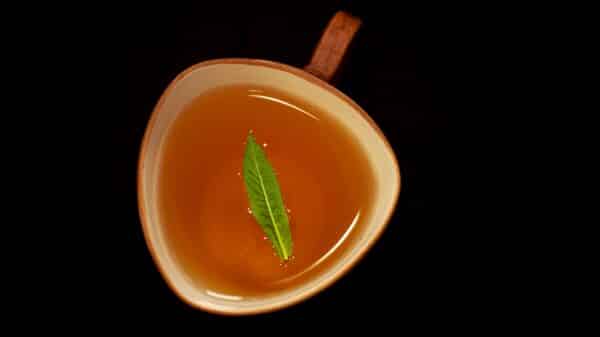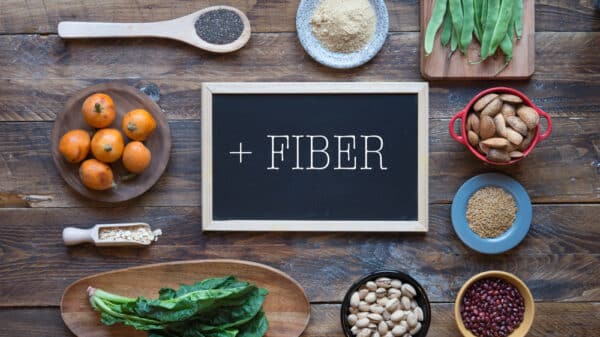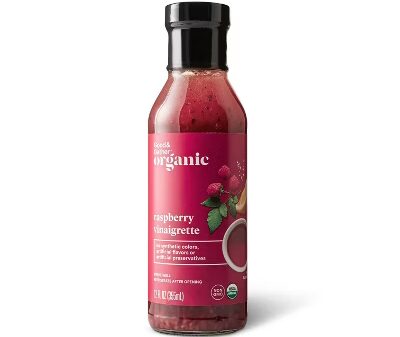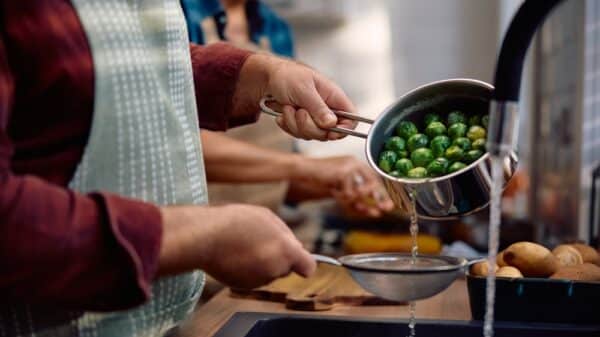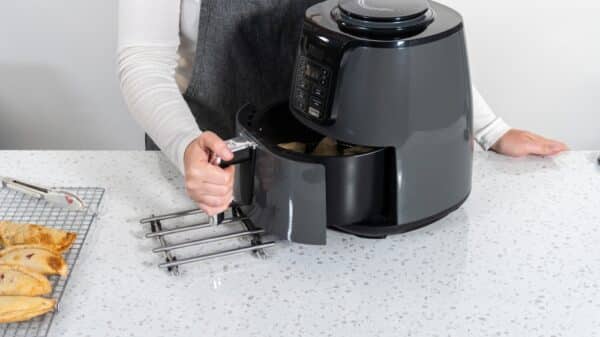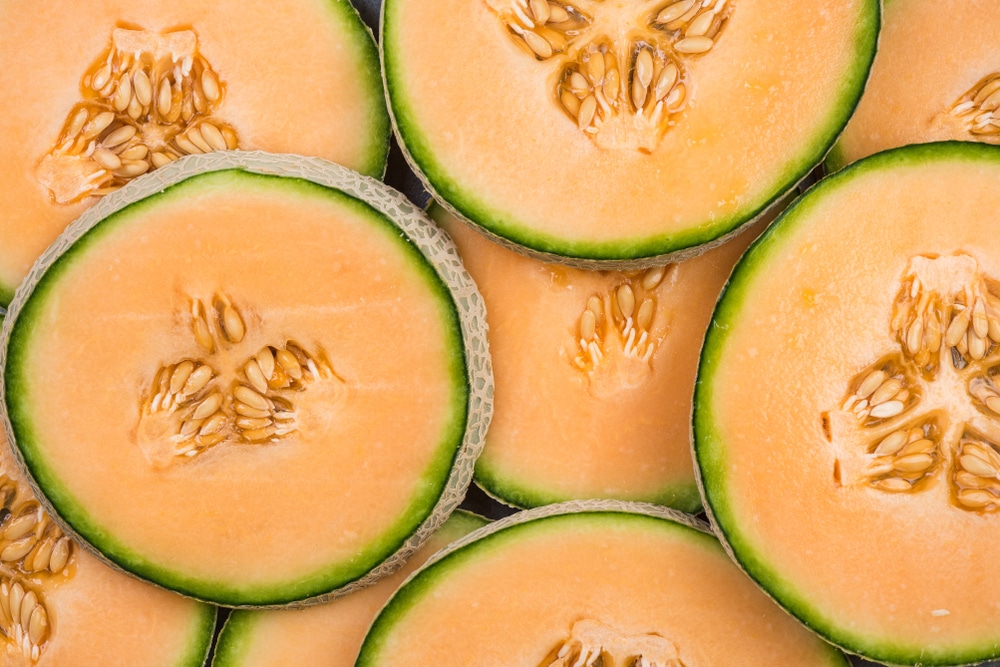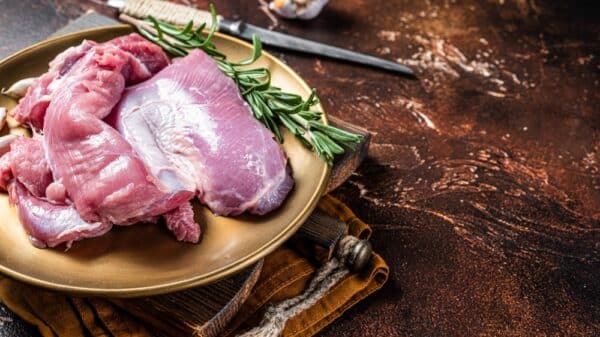As a food enthusiast and recipe developer, I’ve encountered numerous disappointing melons. Thankfully, with some dedication and research, I’ve unearthed tips that clarify the process of selecting the best cantaloupe. Picking a great cantaloupe is far from a mystical craft; it’s a skill easily learned with the right knowledge. Here, we’ll explore the typical mistakes to avoid, ensuring you don’t take home a flavorless dud again.
1. Ignoring the Scent
It may feel a tad silly, but smelling the cantaloupe is one of the most revealing tests for ripeness. The aroma of a ripe cantaloupe has a sweet and slightly musky scent. A lack of smell indicates it’s unripe, while an overpowering odor can signal spoilage. Hold the melon and sniff near the blossom end; if it exudes a wonderful aroma, you’re on the right track.
2. Choosing a Cantaloupe with Squishy Areas
In the hustle of shopping, it’s easy to overlook soft or squishy sections that communicate bad quality. Squishy areas indicate damage, overripeness, or rot. To avoid this mistake, gently press on all parts of the cantaloupe for firmness; a consistently solid texture is key. Pay special attention to the blossom end, where a slight give indicates ripeness.
3. Taking Home a Cantaloupe That’s Light for Its Size
Weight plays an integral role in determining quality. A ripe cantaloupe should feel heavy, indicating it is full of juicy goodness. If it feels surprisingly light, either it’s underripe or drying out. To find the ideal cantaloupe, compare multiple melons of similar sizes to identify the heftiest one.
4. Not Shaking It
While unconventional, shaking the cantaloupe can yield valuable information. A gentle shake can reveal if the seeds have detached from the flesh, indicating overripeness. If it’s too late in the game, the cantaloupe might have developed an undesirable texture. Those willing to look a bit quirky can ensure they avoid mealy fruit in the long run.
5. Selecting a Cantaloupe with Cuts or Cracks
Inspecting the rind is crucial. Visible cuts or cracks provide openings for bacteria, risking spoilage. Always choose melons with smooth and unblemished exteriors. Bare minimum checks for cracks or cuts can save you from dealing with a subpar product later.
6. Selecting a Cantaloupe That’s Too Hard or Too Soft
A cantaloupe should neither feel rock-hard nor overly soft. The ideal texture should yield slightly under pressure but remain firm overall. Striking this balance is essential for flavor and texture; a cantaloupe that is overly soft suggests overripeness, while one that is too firm indicates it’s not ripe enough.
7. Buying a Cantaloupe That’s Too Smooth
When selecting a cantaloupe, look for textural cues such as raised netting on the rind. A smooth cantaloupe signals premature picking. Thus, prioritize those that display rough and bumpy textures, indicative of adequate ripening. This natural roughness results from its time on the vine and is key to quality.
8. Choosing a Green Cantaloupe
A ripe cantaloupe should showcase a color palette of creamy beige, golden-yellow, or pale orange. If it’s green, it hasn’t matured enough to develop its signature sweetness. Exceptions exist for varieties with natural green stripes, but such coloring shouldn’t dominate the surface. Aim for melons shifting toward yellow-orange hues for optimal flavor.
9. Selecting a Cantaloupe with the Vine Still Attached
Pay attention to the stem’s condition; a ripe cantaloupe will show a clean, concave spot where it naturally detached from the vine. Partially attached stems suggest the melon was picked too early, hindering its ability to ripen at home. Remember, cantaloupes do not ripen significantly post-harvest.
10. Buying It Out of Season
Timing is everything regarding cantaloupe quality. The optimal season runs from June to October, during which melons benefit from ideal growth conditions. Purchasing from local farmers’ markets can provide fresher, tastier options, as these melons are usually harvested at their peak ripeness.
11. Not Giving It a Tap
Tapping a cantaloupe is a practical method to assess ripeness. A low, resonant thud signals a juicy, ripe melon, while a high-pitched sound suggests it’s underripe. Avoid melons that emit flat or dull sounds, indicating overripeness. Coupled with other evaluation methods, this tapping ensures you select a prime cantaloupe.





